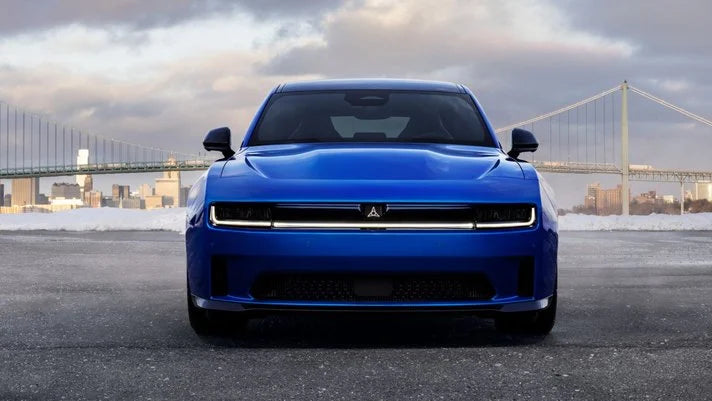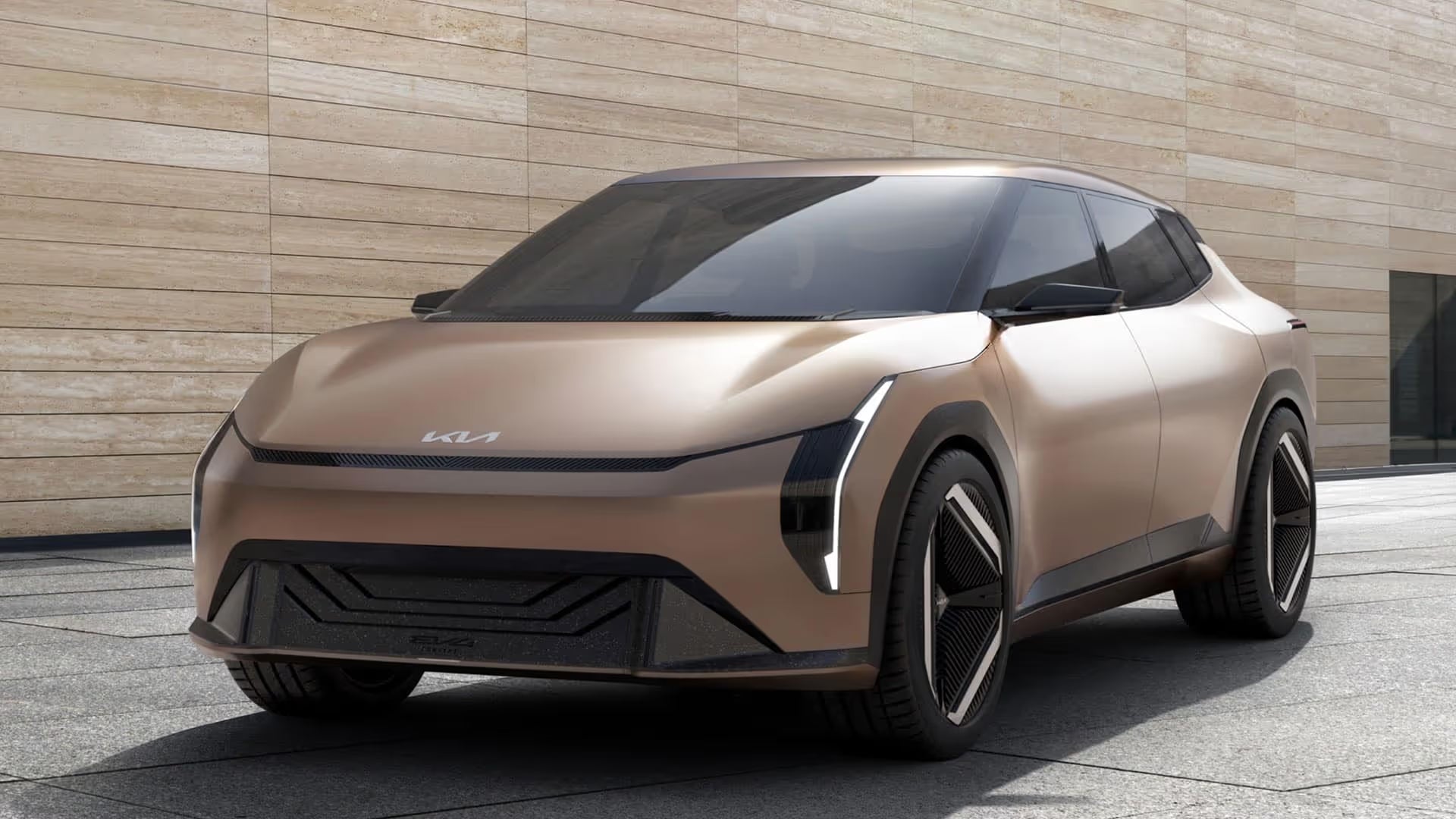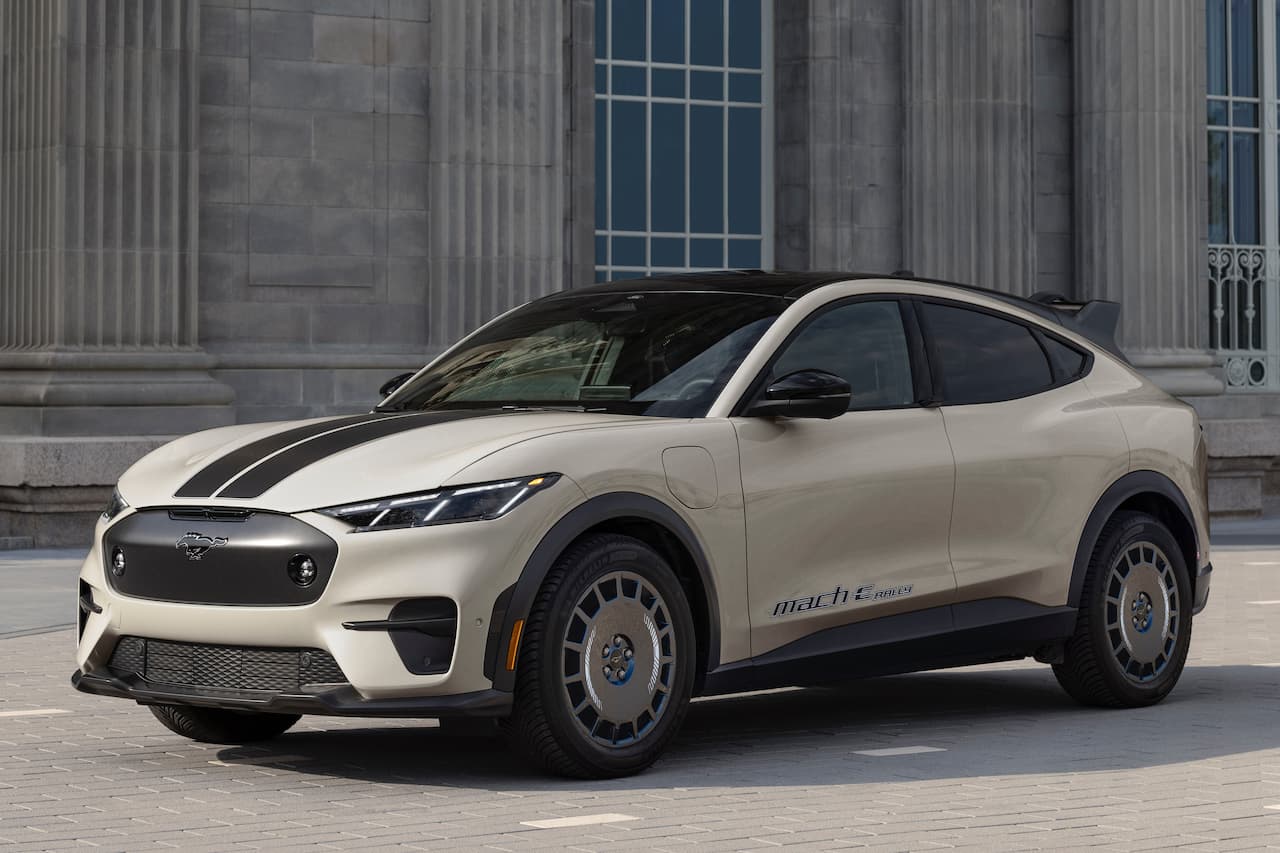A Rapid Acceleration for Waymo’s Robotaxi Ambitions
After more than a decade of cautious development, Waymo is moving full speed ahead with its self-driving taxi rollout. The Alphabet-owned company announced this week that it will expand operations to San Diego, Detroit, and Las Vegas by 2026, bringing the total number of active U.S. cities to at least 12 by the end of next year.
“We’ll follow our safety framework and serve riders in these cities once we’ve properly validated our technology,” Waymo spokesperson Sandy Karp said in an email. “Our goal is to open our doors to riders next year.”
Detroit marks a new milestone for Waymo—it will be the company’s first cold-weather market, where snow and ice create additional challenges for autonomous driving systems. Waymo says it has been testing in Michigan’s Upper Peninsula to ensure its technology performs safely in all conditions.

From Test Program to National Service
Waymo’s transformation has been striking. Just a few years ago, the company was cautiously piloting rides in limited areas. Today, passengers in San Francisco, Phoenix, Los Angeles, Austin, and Atlanta can hail fully driverless vehicles through the Waymo One app or Uber.
Across those markets, Waymo now provides hundreds of thousands of paid rides every week, positioning itself as the clear leader in America’s autonomous taxi industry. Its fleet operates without safety drivers, relying entirely on its advanced “Waymo Driver” system to navigate complex urban environments.
Competitors Struggle to Keep Up
While Waymo gains momentum, many rivals are falling behind. Cruise, once its main U.S. competitor, halted operations in late 2024 following a series of high-profile incidents and regulatory setbacks. Amazon’s Zoox continues to test its steering wheel–free pods but has not yet begun commercial service.
Tesla, meanwhile, is still limited to small-scale robotaxi tests in San Francisco and Austin, with human safety monitors on board. Although CEO Elon Musk continues to promise a full self-driving revolution, Waymo remains the only company running large-scale, fully autonomous taxi operations in multiple cities.
Next Stops: Miami, Dallas, D.C., and Beyond
Waymo’s 2026 roadmap includes plans to launch in Miami, Dallas, Washington, D.C., Nashville, and even London, marking its first international expansion. According to the company, these new markets are part of a faster rollout strategy made possible by software improvements and extensive testing across diverse environments.
“Operating in five major U.S. cities and testing across the country and Tokyo has strengthened our system,” the company said in a recent update. “The Waymo Driver is now more robust and adaptable than ever.”
Testing in the Toughest Markets
Waymo isn’t stopping there. The company has begun laying groundwork for future operations in Seattle and Denver, though no launch dates have been confirmed. It has also started testing in what it calls the “final boss” of U.S. cities—New York City, where dense traffic, unpredictable pedestrians, and extreme weather provide the ultimate challenge for any autonomous vehicle system.
By proving its technology can handle those conditions, Waymo aims to build a nationally scalable, all-weather robotaxi network—one that could eventually expand to dozens of cities worldwide.

A Turning Point for Autonomous Mobility
Waymo’s rapid expansion represents more than just corporate growth—it’s a turning point for the self-driving industry. While many tech firms have scaled back or collapsed, Waymo is demonstrating that commercial autonomous driving can succeed with careful validation and steady scaling.
If all goes according to plan, millions more Americans could soon have access to a ride that doesn’t need a driver at all. For now, the question isn’t whether Waymo’s robotaxis work—it’s which city will get them next.
Recommend Reading: Tesla Autopilot Faces Scrutiny in Landmark Trial Over Fatal Crash








Share:
Used BMW iXs Are a Hidden Luxury EV Bargain
After the Tax Credit Ended, Here’s What Happened to EV Prices
1 comment
Can you own Waymo?